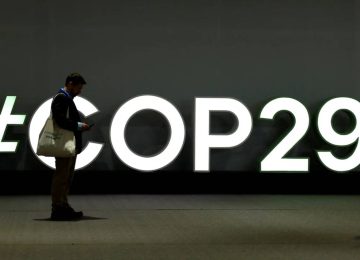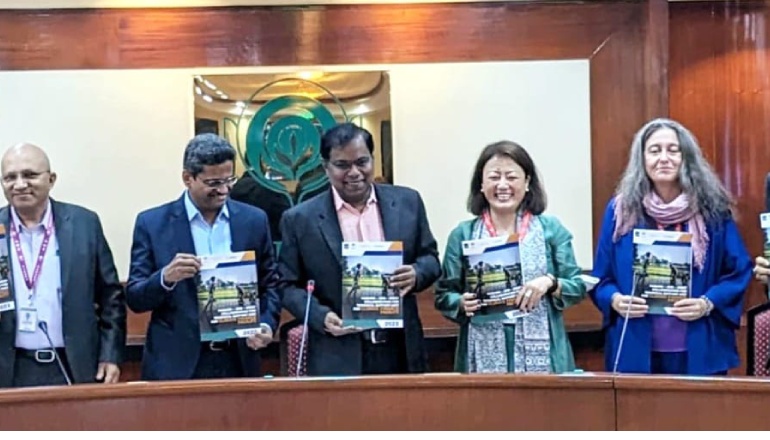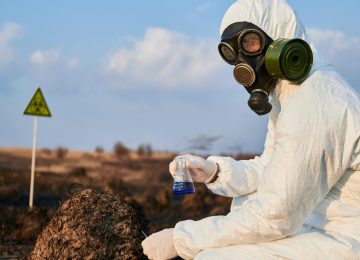A UN-backed report paints a grim picture of escalating drought conditions worldwide, with extreme dryness that began in 2023 continuing into 2025, pushing millions to the brink of hunger, displacement, and economic collapse.
The report, “Drought Hotspots Around the World 2023-2025,” highlights the compounding effects of drought on poverty, hunger, energy insecurity, and ecosystem health.
“Drought is a silent killer. It creeps in, drains resources, and devastates lives in slow motion. Its scars run deep,” said Ibrahim Thiaw, UNCCD Executive Secretary, commenting on the report. He added, “Drought is no longer a distant threat. It is here, escalating, and demands urgent global cooperation. When energy, food, and water all go at once, societies start to unravel. That’s the new normal we need to be ready for.”
The report, prepared by the US National Drought Mitigation Center (NDMC) and the UN Convention to Combat Desertification (UNCCD) with support from the International Drought Resilience Alliance (IDRA), underscores the unprecedented scale of the crisis.
Dr. Mark Svoboda, co-author of the report and Director of the NDMC, described the situation as dire: “This is not a dry spell. This is a slow-moving global catastrophe, the worst I’ve ever seen. This report underscores the need for systematic monitoring of how drought affects lives, livelihoods, and the health of the ecosystems that we all depend on.”
He said, “The Mediterranean countries represent canaries in the coal mine for all modern economies. The struggles experienced by Spain, Morocco and Türkiye to secure water, food, and energy under persistent drought offer a preview of water futures under unchecked global warming. No country, regardless of wealth or capacity, can afford to be complacent.”
Driven by record-breaking temperatures, with 2023 and 2024 confirmed by NOAA as the two hottest years globally and July 22, 2024, marking Earth’s hottest day ever recorded, and prolonged precipitation shortages, regions across Africa, Asia, and parts of the Americas have been devastated. Sub-Saharan Africa, in particular, is grappling with severe food insecurity, malnutrition, and widespread displacement, with an estimated 43,000 excess deaths in Somalia in 2022 alone attributed to the drought.
The report also reveals that rural agricultural communities, especially those reliant on subsistence farming, have been hit hardest, with widespread crop failures, livestock deaths, and disruptions to essential services. Socioeconomic factors like income inequality, limited infrastructure, and political instability have further exacerbated the impacts.
Elena Tovar, a humanitarian policy analyst with the International Crisis Network, highlighted systemic weaknesses: “These droughts are revealing deep weaknesses in how the world prepares for and responds to climate shocks. Without urgent investment in drought resilience, early warning systems, and climate adaptation, these events will only become more deadly.”
As the world grapples with the ongoing consequences of the 2023-2025 drought, calls for urgent global cooperation, robust resilience planning, and equitable climate policies are intensifying to prevent future disasters.













